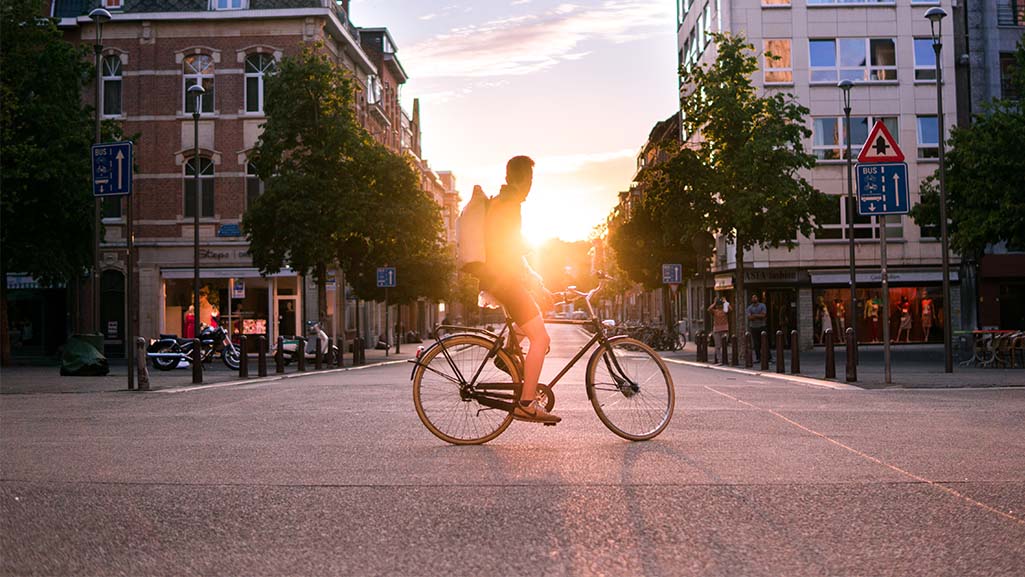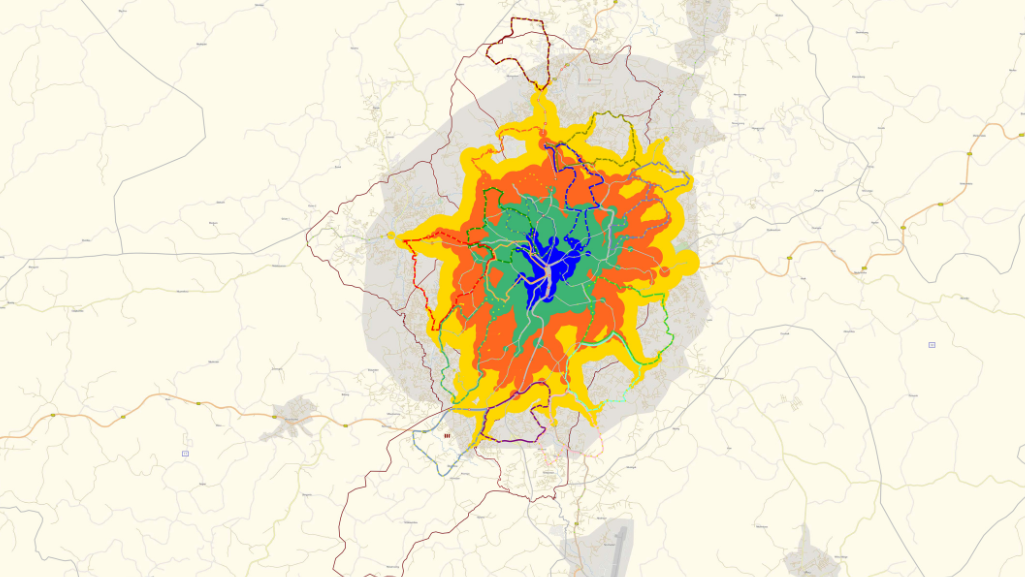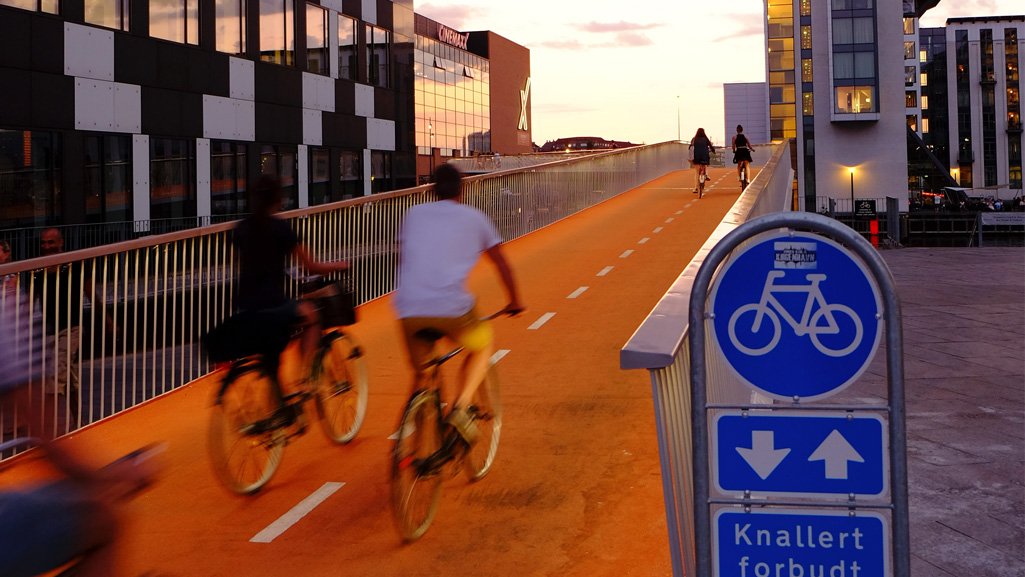For decades, city planners have focused on crafting car-friendly cities – with consequences we all know: Cities all over the world struggle with congestion, bad air quality and noise pollution. Today there is broad consensus and political will for green change in the transport sector to deal with the complexity of urban mobility, create livable cities, and fight climate change. The European Union has therefore established guidelines for implementing so-called SUMPs – sustainable urban mobility plans.
What is a sustainable urban mobility plan?

So what does planning and design for sustainable urban mobility look like? Reducing traffic-related emissions, noise, congestion, and accidents while improving the quality of life is a high priority for many decision-makers. Sustainable urban mobility plans address this very issue by taking a holistic, long-term, strategic approach to transport planning.
“A SUMP is an integrated concept that includes all relevant forms of mobility, with an increased focus on sustainable and alternative modes. Compared to traditional transport planning, sustainable urban mobility plans have a strong focus on people and their needs, rather than on the mode of transport itself,” says Christoph Schulze from PTV Group’s consultant team.
The core SUMP principles are:
- Citizen-centric approach
- Plan for sustainable mobility
- Develop all transport modes in an integrated manner
- Cooperation across institutional boundaries
- Participation of all relevant stakeholders and the public
- Definition of a long-term vision and a clear implementation plan
- Evaluation and quality assurance
How to develop a sustainable urban mobility plan
Christoph Schulze, who has been involved in the development of sustainable mobility plans for many cities, explains the different phases:
Analysis Phase
“The groundwork is the analysis phase. We start by analyzing the status quo. Existing concepts, legal requirements, and background information are brought together. If possible, we also use a transport model, which provides a reliable picture of the current and expected traffic situation.”
What is the travel demand of the urban and suburban population? How good Is the accessibility? What do travel times look like? What share do the different modes of transport have in the modal split? The evaluation of the current state shows the strengths and weaknesses of a transport system.
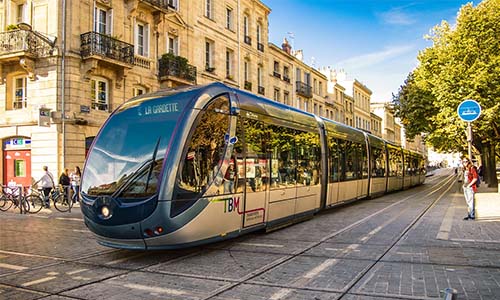
Strategy development
In parallel, the strategic direction is defined, according to the PTV expert: “What kind of city do we want? What are the options for the future? Every city has its targets and objectives, like improving air quality, ensuring accessibility, or increasing the quality of life. It’s our job as consultants to expand these into strategic priorities, which in turn are decided politically and give the process a binding force.”
Measure Planning
This strategic direction gives a guiding framework for measure planning. What concrete actions pay off in terms of achieving the objectives and targets? Factors like time and costs need to be considered as well to set up the measure packages. The city gets a kind of roadmap of which measures it should tackle in the short, medium, or long term.
“Another important aspect in developing a SUMP is intensive public participation. Interviews and workshops with different experts and stakeholders are part of the process, as well as public events or online participation for citizens,” says Christoph Schulze.
Implementation and monitoring
The last phase focuses not only on implementing the measures and the related action defined in the SUMP. It also focuses on systematic monitoring and evaluation – of the progress of the implementation and of the achievement of objectives.
Master plan mobility for Frankfurt
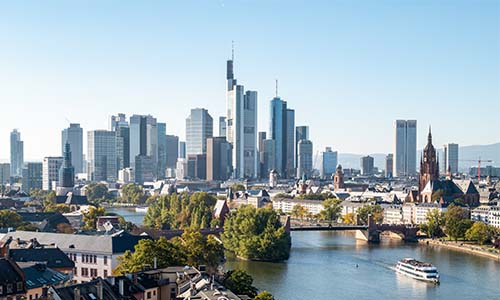
Currently, the PTV consultant team is working on a sustainable urban mobility plan for the German city of Frankfurt am Main. The metropolis strives for a citizen-centric approach, away from cars towards sustainable mobility. The reallocation of public space in favor of pedestrians, cyclists, public transport and car sharing users is one important aspect.
In Frankfurt, too, the ideas and suggestions of the citizens are incorporated into the SUMP. The first public forum was held in January 2022.
Stefan Majer, head of Frankfurt’s mobility department, explained: “Transport plays an important role to fight climate change. A substantial reduction in CO2 emissions can only succeed with a change in mobility behavior, thus a change in mentality.”
Christoph Schulze adds: “The highest possible level of acceptance by all stakeholders is crucial to successfully implement measures of a SUMP.”
